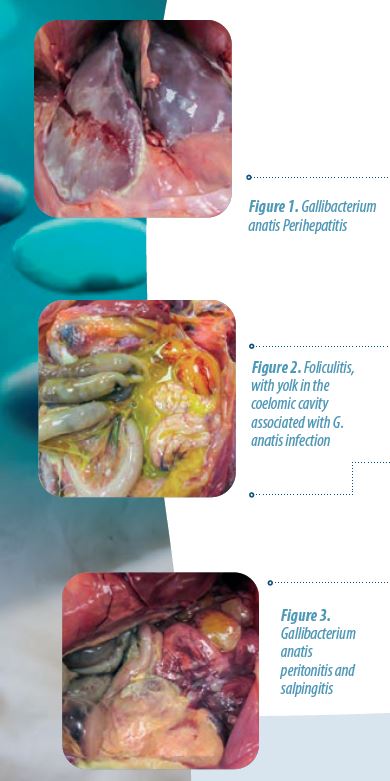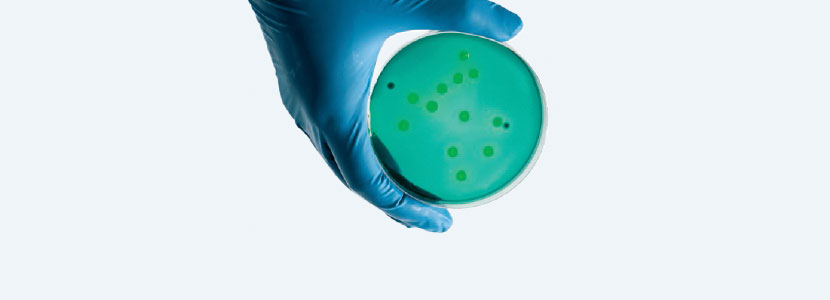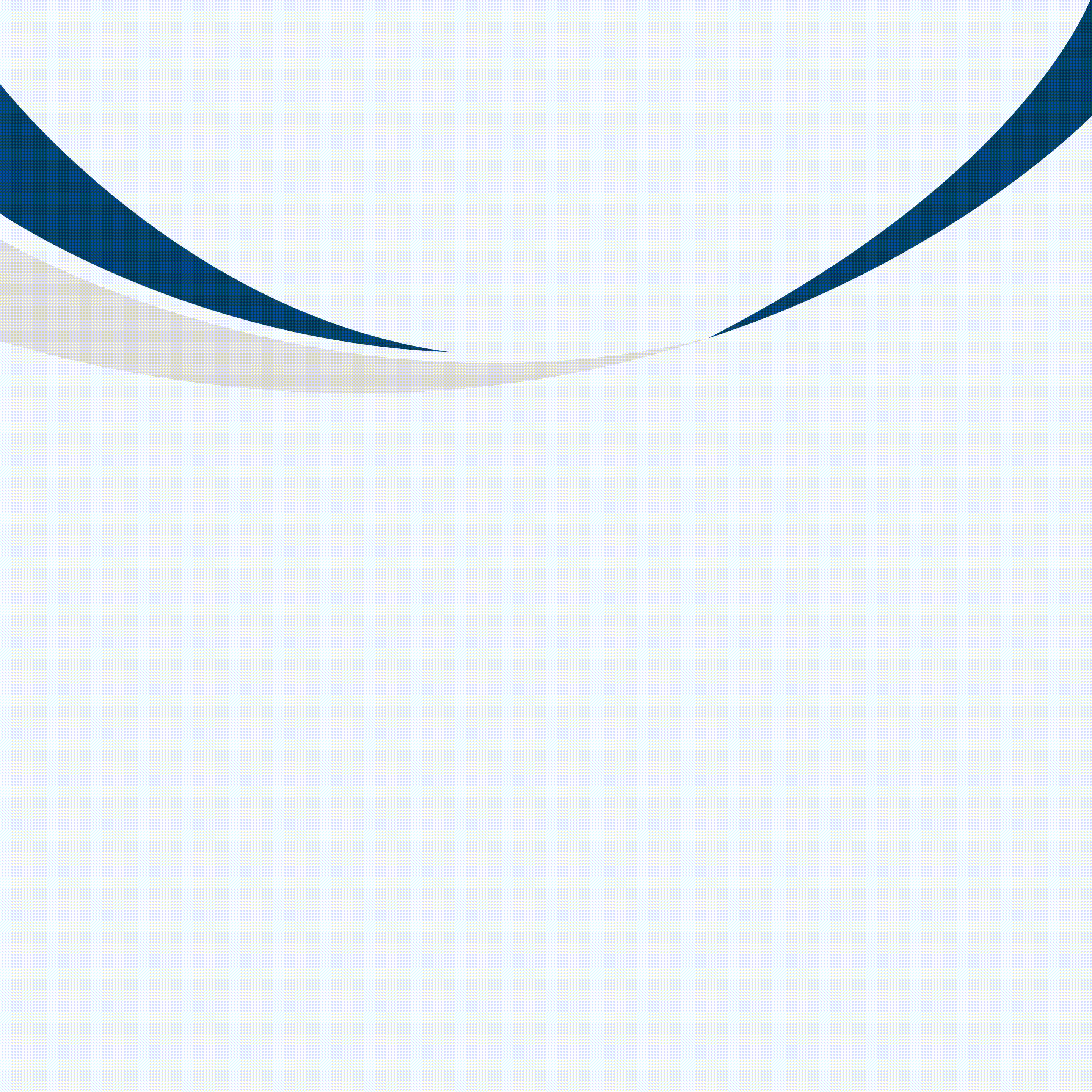Content available at: Español (Spanish) Português (Portuguese (Brazil))
Gallibacterium anatis bv. haemolytica (formerly Pasteurella haemolytica) occurs as a commensal of the upper respiratory tract and lower reproductive tract of healthy chickens, but has also been implicated as a cause of salpingitis and peritonitis in breeders and commercial table egg layers in multiple countries, resulting in decreased egg production and increased mortality.
Recent increases in isolation and reports of significant disease, mortality and economic loss associated with G. anatis infection suggest that this bacterium may be an emerging pathogen of poultry.
Introduction
Gallibacterium anatis, a member of the family Pasteurellaceae, has two distinct biovars; G. anatis bv. haemolytica and G. anatis bv. anatis (18).
The pathologically significant G. anatis bv. haemolytica, named for its ability to hemolyze red blood cells, was previously designated Pasteurella haemolytica. G. anatis is a cause of salpingitis and peritonitis in laying chickens, and has also been isolated as a cause of disease in ducks, geese and ostriches (1).
The Commensal to Pathogen Switch
Although increasingly identified as a cause of disease in chickens, particularly in laying hens (Fig. 1) (9), the pathogenic potential of G. anatis remains controversial. On the one hand, G. anatis may occur as a normal part of the microbiota of the upper respiratory tract and lower reproductive tract of chickens, without any adverse effects on health or productivity.
G. anatis has, however, been identified as a cause of septicemia, pericarditis, hepatitis, oophoritis, salpingitis, peritonitis and follicle degeneration, with subsequent significant negative effects on flock livability and productivity (18).

Factors contributing to the potential pathogenic action of G. anatis
While the switch from commensal to pathogen is not fully understood, several host- specific factors may contribute to the manifestation of G. anatis as an opportunistic pathogen; including:
- Age
- Hormonal influences,
- Stress,
- Seasonal changes,
- Immune suppression
- Genetic predisposition (possibly)
We most commonly isolate G. anatis from breeders and layers around peak egg production, although isolations have been made during all stages of production.
G. anatis is frequently isolated with E. coli, and it is plausible that coinfection with E. coli or other microorganisms may enhance the pathogenic effects of G. anatis. G. anatis may, however, also be isolated from lesions in pure culture (12).
Of the broiler breeder necropsy cases from which G. anatis was isolated during the past 2 years at the PRDL (Poultry Research and Diagnostic Laboratory, Mississippi State University), 50% involved G. anatis only; while G. anatis was isolated together with E. coli from the remaining 50% of cases.
Strain Diversity
In addition to these extrinsic factors, intrinsic, strain-specific characteristics of the bacterium appear to be of great importance in determining the presentation and significance of G. anatis infection.
Studies using molecular strain differentiation techniques have identified multiple strains of G. anatis, with apparent wide variations in strain virulence.
G. anatis strain differentiation is an important tool to facilitate outbreak investigations, epidemiologic studies and targeted vaccine development.
Epizootiology
While horizontal transmission is accepted as the primary mode of transmission between flocks, there is some evidence to support the possibility of vertical (trans- ovarian) transmission of G. anatis.
At the PRDL, G. anatis has been isolated with E. coli from the brains of 4-day-old broiler chicks with encephalitis. This may be the youngest reported isolation of G. anatis, and raises the question of whether trans- ovarian transmission occurred in this case.
Ascending infections from the cloaca are considered the most likely route of infection of the reproductive tracts of laying hens, but frequent isolation of G. anatis from the respiratory tract, and the ability to reproduce lesions in the reproductive tract by intranasal challenge with G. anatis suggest that infection via the respiratory route may occur under some circumstances .
Interestingly, G. anatis has been isolated from the testes and semen of intranasally infected cockerels, suggesting a possible role of cockerels in G. anatis transmission (16).
Virulence Factors
Strain differences in the expression of virulence factors may explain the diverse presentation of G. anatis infection. Research is ongoing to identify virulence factors of G. anatis, which will elucidate the pathogenesis of this organism, and may prove useful for vaccine development.
The secreted toxin GtxA (Gallibacterium toxin A), the most well characterized virulence factor of G. anatis, has hemolytic and leukotoxic activity (10).
FlfA fimbriae of the F17-like family have also been shown to be important for G. anatis virulence (2).
Other potential virulence factors include the ability of G. anatis to produce capsular material, secrete metalloproteases capable of degrading chicken IgG (6), produce biofilms (8) and hemagglutinate erythrocytes (11).
Clinical Signs and Pathology
G. anatis is increasingly recognized as an important cause of salpingitis and peritonitis in laying hens, resulting in mortality and decreased egg production.
After the natural and experimental infection of breeding and laying hens, the following has been observed:
Pericarditis, hepatitis (Fig. 2), upper respiratory tract lesions, folliculitis with ovarian follicle hemorrhage, rupture, and regression, yolk in the coelomic cavity (Fig. 3), egg peritonitis and salpingitis (Fig. 4), oviduct hemorrhages and drops in egg production have been reported following natural and experimental infections in breeders and commercial layers (7, 12, 13, 17, 21).
The lesions associated with G. anatis infection are not pathognomonic, and may be indistinguishable from those caused by E. coli.

Coinfection with G. anatis and other poultry pathogens can increase disease severity.
This has been demonstrated for Infectious Coryza, with exacerbated disease and mortality produced by coinfection with Avibacterium paragallinarum and G. anatis (15).
In commercial brown layers in Latin America diagnosed with fowl typhoid (caused by Salmonella Gallinarum), G. anatis was isolated from the tracheas, lungs, ovarian follicles and oviducts. Mortality and egg production drops were higher in houses infected with both Salmonella Gallinarum and G. anatis than in those infected with Salmonella Gallinarum alone. In addition to clinical signs associated with fowl typhoid, birds infected with both Salmonella Gallinarum and G. anatis had more evidence of respiratory disease (21).
At the PRDL, we recently determined the cause of high mortality in a flock of 42-week- old broiler breeder chickens to be a dual infection with G. anatis and E. coli O128:H14.
Daily mortality in the worst affected house peaked at 2.36% (231 birds), and was preceeded by a 16% drop in hen-day egg production over a period of 10 days.
Hemorrhagic lesions were observed in multiple internal organs, including ovarian follicles and viscera (Figs. 5a-d) as a result of severe multiorgan bacteremia with vasculitis, which was confirmed histologically (Fig. 5e).
G. anatis and E. coli were isolated from the spleen and bone marrow samples; no other pathogens were detected following bacterial culture, virus isolation and PCR.

Antimicrobial Treatment and Resistance
G. anatis is notorious for its widespread antimicrobial resistance, presenting a challenge to treatment. This underscores the importance of performing bacterial culture and identification, with antimicrobial sensitivity (antibiogram) testing to facilitate targeted flock treatment.

46 of 49 (94%) G. anatis isolates evaluated recently at PRDL were determined to be multi-drug resistant (resistant to 3 or more antimicrobials) (Graph-2):
- General resistance to clindamycin, novobiocin, tetracyclines, and tylosin.
- General sensitivity to aminoglycosides, ceftiofur, enrofloxacin, florfenicol, and sulfatrimethoprim.
- Intermediate sensitivity to erythromycin, spectinomycin, and sulfathiazole.
- Variable resistance to β-lactams and sulfadimethoxine.
Similar findings have been reported by others.
Prevention and Control
As with other poultry diseases, excellent biosecurity, high standards of flock management, the provision of a suitable environment, and attention to bird welfare are important tools for the prevention and control of G. anatis infections.
Since G. anatis frequently manifests as an opportunistic pathogen, prevention and control of immunosuppressive and other diseases is important.
Considering the demonstrated ability of G. anatis to form biofilms (8), special measures to prevent biofilm formation must be implemented, including excellent water quality and regular water line cleaning and disinfection.
The development of successful G. anatis vaccines is challenging because of the high antigenic diversity of this bacterium (20), and there have been some concerns about the performance of these vaccines under field conditions.
G. anatis bacterin vaccines (usually containing the most prevalent strains in a particular region or country) are currently in use in some countries.
Subunit and outer membrane vesicle vaccines have been developed and used experimentally .
Conclusion
The emergence in recent years of G. anatis as a pathogen of significance to poultry production has been driven by increased G. anatis isolations and more frequent reports of severe disease, mortality and egg production losses.
Recent research has increased our understanding of G. anatis strain diversity and virulence factors, but much remains to be learnt about the epizootiology and pathogenesis of this organism.
Widespread resistance of G. anatis isolates to antimicrobial drugs highlights the need for alternative control strategies, including the continued development and application of safe and efficacious vaccines.
PDF PDF









